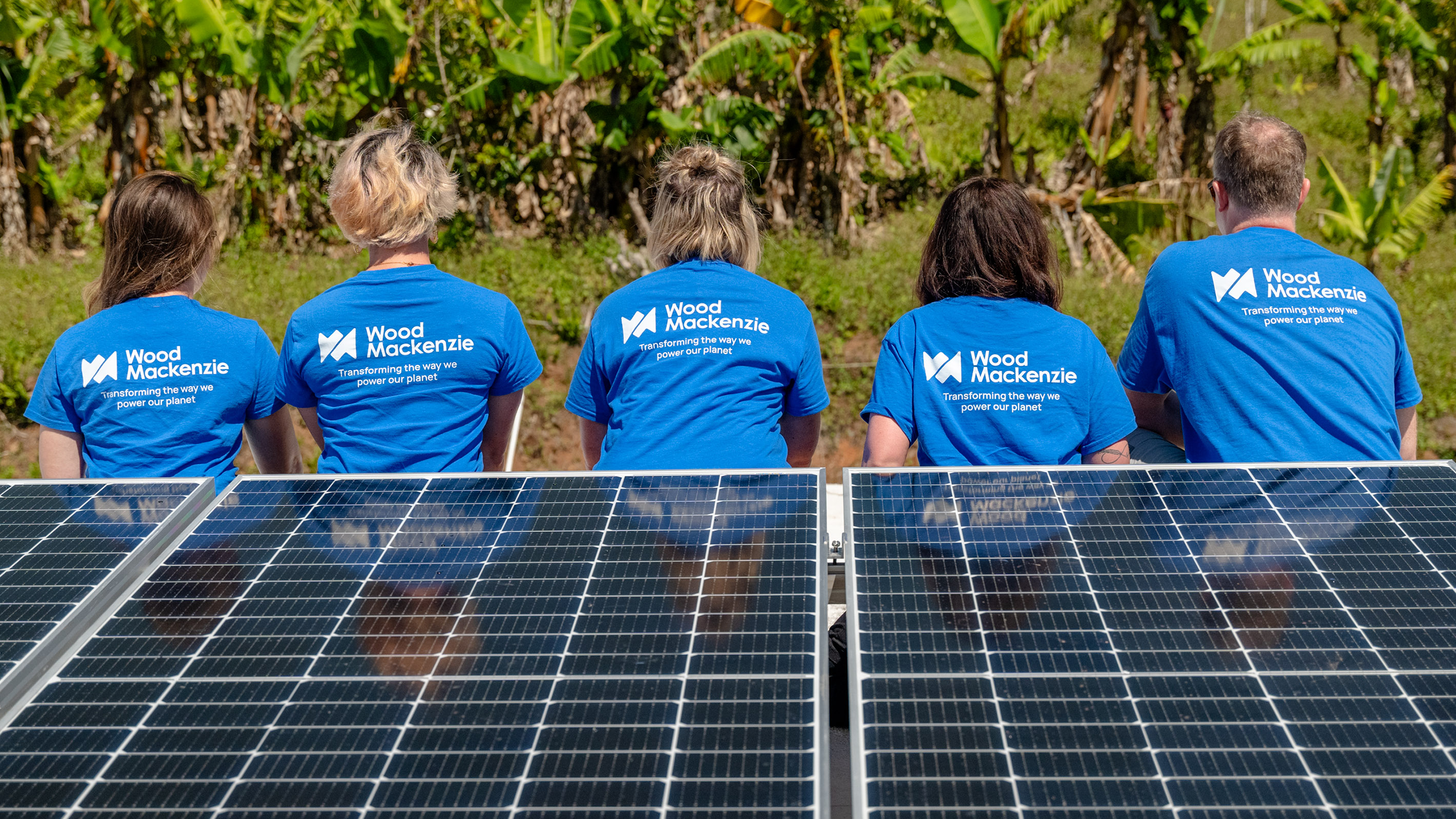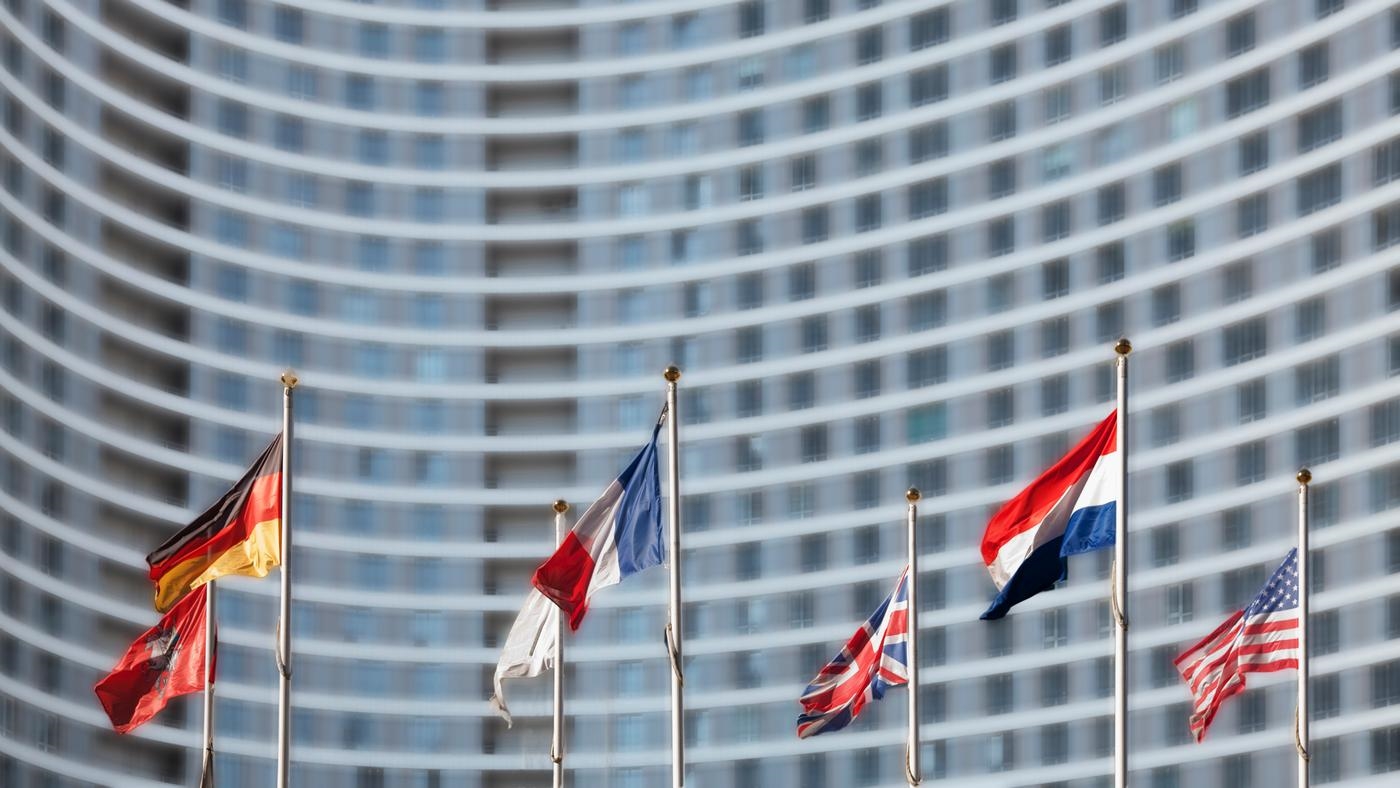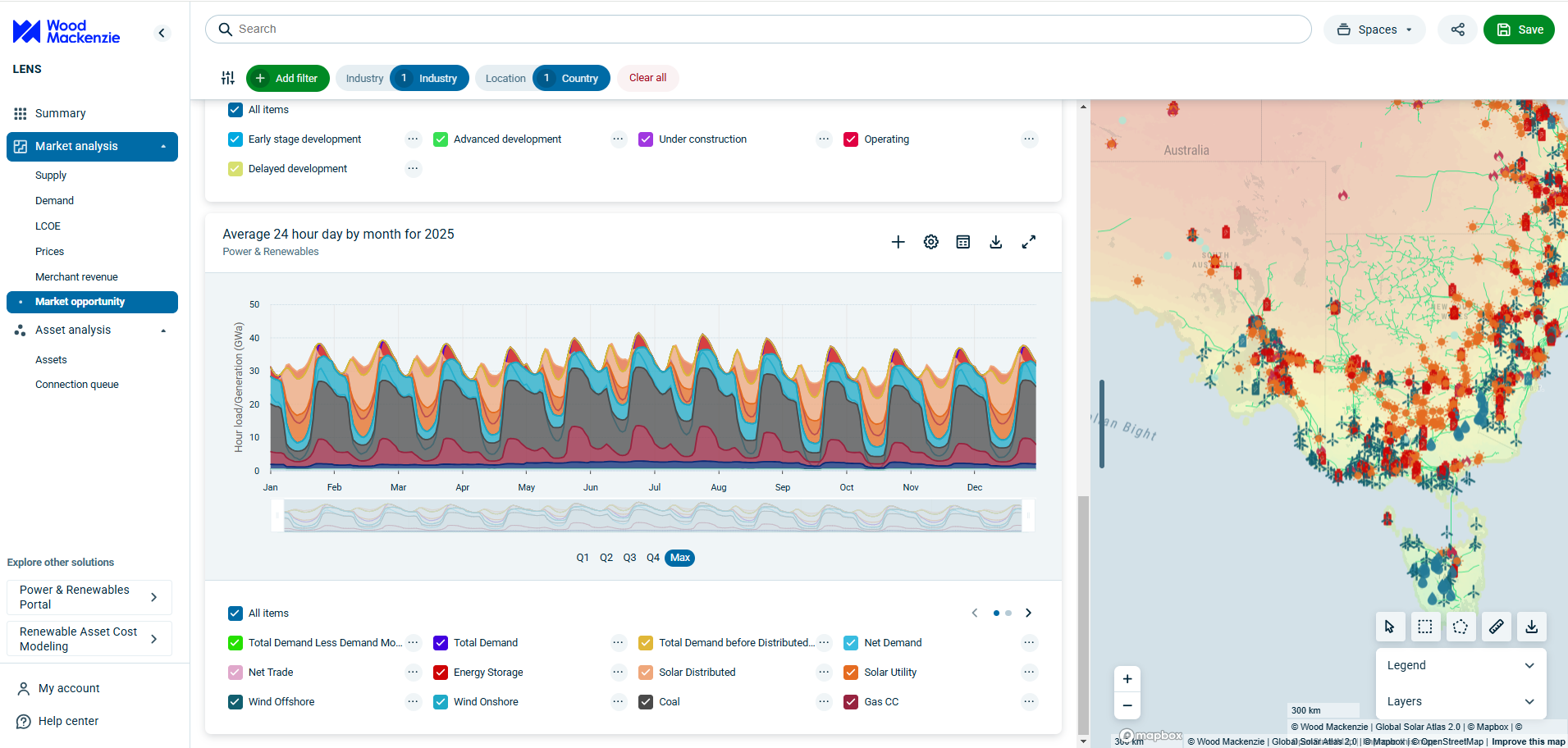Sign up today to get the best of our expert insight in your inbox.
Can the Middle East and Africa become a global leader in renewable energy?
Total renewables capacity in the region is set to grow by 750% over the next 10 years
3 minute read
Sohan Gwalani
Research Analyst, Middle East and Africa Renewables

Sohan Gwalani
Research Analyst, Middle East and Africa Renewables
Sohan primarily covers the solar PV and onshore wind markets in Africa and the Middle East.
Latest articles by Sohan
-
Opinion
Can the Middle East and Africa become a global leader in renewable energy?
-
Opinion
Why the fastest-growing wind markets have big implications for the global industry
The Middle East and Africa holds the potential to become a global leader in renewable energy over the next decade. As governments in countries including Egypt, Saudi Arabia and South Africa have started to embrace clean energy targets, solar PV and onshore wind are poised for significant growth, with installed capacity jumping more than eightfold by 2033.
By addressing key challenges and capitalising on abundant solar and wind resources, renewable developments can drive sustainable economic growth, expand access to electricity and enable energy security across the region.
Our recent reports – Middle East solar PV market outlook 2024 and Middle East and Africa onshore wind power outlook 2024 – dive deep into the geopolitical, finance, policy and technology trends shaping the outlook of these dynamic markets. Read on for a summary of some of the key themes.
Installed grid-connected solar in the Middle East and Africa will surpass 210 GWdc by 2030
The Middle East is solidifying its position as a solar energy hub, driven by ambitious national targets and record-low tariffs achieved in competitive auctions. We foresee cumulative solar capacity in the region to hit 160 GWdc by 2033, an eightfold increase from 2023.
As government efforts to reduce reliance on oil and gas continue, the prospect for solar PV is stronger than ever. The massive expansion of PV manufacturing capacity in Saudi Arabia will enable utility-scale solar installations in the Kingdom to average 5.5 GWdc annually from 2025.
Although utility-scale solar dominates the regional outlook, distributed solar has started to gain traction, with commercial and industrial (C&I) solar incentives driving growth in the UAE and Oman. Additionally, Israel has recently introduced a rooftop PV mandate.
Grid integration remains a pressing challenge, particularly in Sub-Saharan Africa, where underdeveloped transmission infrastructure limits renewable penetration.

Sohan Gwalani
Research Analyst, Middle East and Africa Renewables
Sohan primarily covers the solar PV and onshore wind markets in Africa and the Middle East.
Latest articles by Sohan
-
Opinion
Can the Middle East and Africa become a global leader in renewable energy?
-
Opinion
Why the fastest-growing wind markets have big implications for the global industry
In Africa, the solar PV market is equally promising but presents a set of unique challenges. With 140 GWdc of new grid-connected PV capacity forecasted by 2033, the region offers immense potential, with over a third of forecasted installations expected in Egypt and South Africa.
Our latest Africa solar PV market outlook discusses the headwinds the continent faces as it looks to decarbonise and energise at the same time. Grid integration remains a pressing challenge, particularly in Sub-Saharan Africa, where underdeveloped transmission infrastructure limits renewable penetration. Furthermore, financing hurdles remain a significant barrier to rapid deployment.
In the effort to bring electricity access to millions of Africans and provide power for remote mining operations, off-grid solar capacity will outpace grid-connected solar capacity in several West and East African markets, as transmission upgrades will suffer long lead times.
In our base case scenario, cumulative wind installs in the Middle East and Africa will hit 100 GW in ten years
Onshore wind power is gaining momentum in the Middle East and Africa, complementing solar PV as a key enabler of the energy transition. Installed onshore wind capacity in the region will grow by close to ninefold between 2023 and 2033 at an average annual growth rate (AAGR) of 61%.
Advancements in turbine technology and declining costs are driving competitiveness, although grid bottlenecks and policy uncertainty pose risks to onshore wind’s success. Egypt and South Africa together will add over 40 GW. However, transmission constraints in the best wind-producing areas need to be urgently addressed.
The region is a key target for Chinese investment and wind equipment imports, through the Belt and Road Initiative. Major turbine manufacturers, including Envision, have formed plans to set up a local manufacturing base in Saudi Arabia to cater to a growing pipeline of gigawatt-scale projects, with other players likely to follow.
Green hydrogen ambitions will materialise in the early 2030s
Significant opportunities for developers and clean energy technology manufacturers will arise, as gigawatt-scale green hydrogen projects start operations later this decade. Markets like Egypt, Mauritania and Oman are betting on becoming hydrogen super-producers by 2035. Saudi’s 4 GW NEOM green hydrogen project will be a landmark facility once operational in 2026.
We estimate that the renewables pipeline tied to announced hydrogen projects currently exceeds 250 GW and will continue to grow as more countries release national hydrogen strategies. Despite the size of the pipeline, considerable uncertainty surrounds the prospects of these projects: only a fraction of this capacity has been integrated into our 10-year outlook.
Learn more
To find out more about renewable development trends in the Middle East and Africa, and around the world, explore our power & renewables solutions. And to ensure you don’t miss out on future articles, sign up to our weekly newsletter – the Inside Track.







